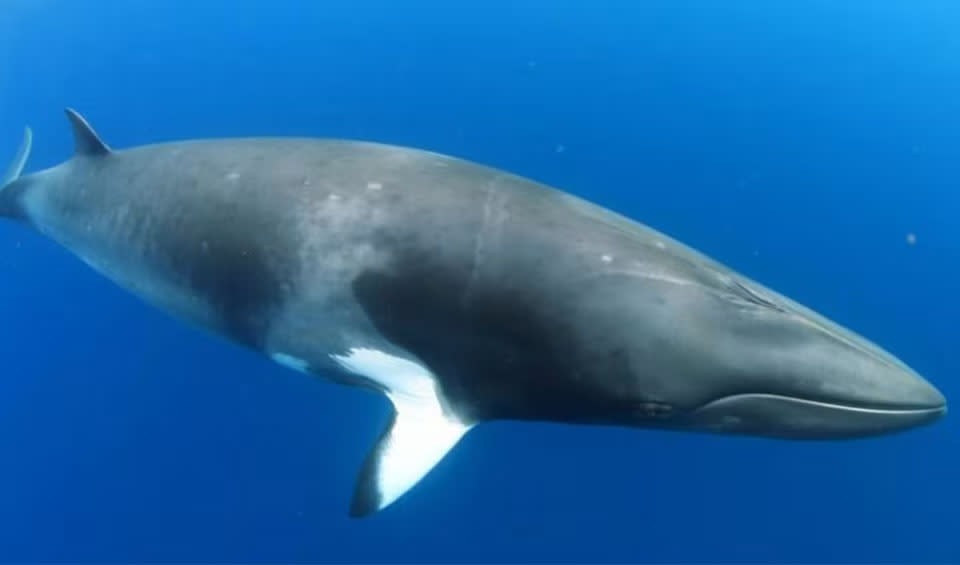Balaenoptera – Rorquals
Home to all giant whales other than the Humpback whale
Rorquals represent the largest group within the baleen whale family, distinguished by their unique feeding mechanism and impressive physical characteristics. These marine mammals are characterized by a series of distinctive ventral grooves running from their chin down to their navel. These grooves are more than just a physical characteristic; they are a critical adaptation that facilitates their unique feeding strategy known as “gulp feeding.” This method allows rorquals to take in a massive volume of water and prey, then expelled through their baleen plates, trapping food inside the mouth.
Among the members of the Balaenoptera genus is the blue whale (Balaenoptera musculus), the largest animal known to have ever existed on Earth, living or extinct. This monumental creature can reach lengths of up to 100 feet (30 meters) and weigh as much as 200 tons (181 metric tonnes), yet it feeds primarily on some of the smallest organisms in the ocean.
The diet of rorquals is predominantly composed of small, shrimp-like animals known as krill, particularly in the case of the blue whale. Other species within this genus may also consume small fish and various types of zooplankton and phytoplankton. Despite their gargantuan size, rorquals rely on these tiny organisms for sustenance, consuming thousands of pounds of food each day during feeding seasons to support their massive energy requirements.
The feeding process of rorquals is a marvel of biological engineering. Upon locating a dense swarm of prey, a rorqual will accelerate into the midst of it and open its mouth widely. The ventral grooves expand, allowing the mouth cavity to inflate dramatically and take in a large volume of water and prey. The mouth then closes, and the whale uses its powerful tongue to push the water out through the baleen plates, leaving behind the trapped food to be swallowed.
Species in this genus
Rice’s whale
One of the most endangered whale species on Earth
Blue whale
He is heavy. But this brother is in danger!
Sei whale
One of the fastest swimming whales, reaching speeds of up to 80 km/h (50 mph)
Fin whale
Dive as deep as 230m (750 ft) and stay submerged for up to 15 minutes
Bryde’s whale
Were not significantly targeted by whalers until the 1970s as other species depleted
Common minke whale
The second smallest baleen whale; despite its name, it is not common







